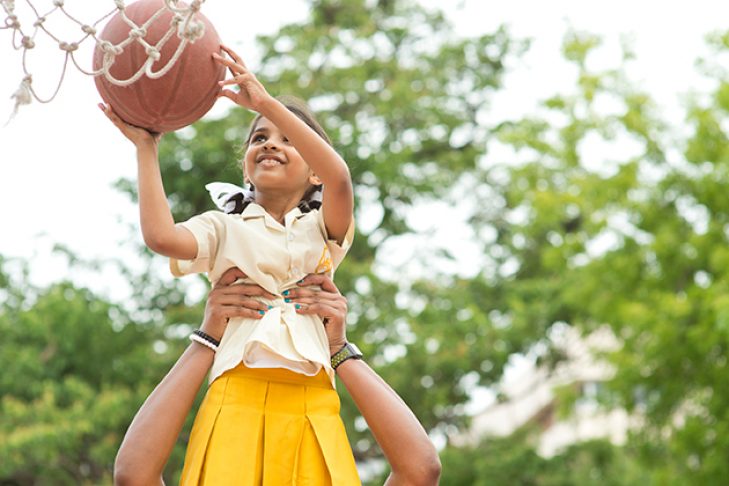“Katniss-Akka, like this?” Amala asks me, with her left hand grazing the ground, right hand shooting to the sky and right foot stretched out behind her.
“Yes, exactly!” I direct my attention to all 28 girls in my class. “What is this pose called?”
“Half-moon!” they say in unison.
“Good!”
Such exchanges are common this summer on the basketball courts and yoga platform of Holy Angels, an all-girls Catholic school in India which opens its doors to girls of all religions. Each child is eager to show their progress—whether it’s a yoga pose, shooting a basketball or darting barefoot across the dirt—to one of their 10 coaches. The girls call me by my nickname, Katniss, as I introduce them to new poses. In Tamil, Akka means “older sister”; by the end of our first session, each of the 10 coaches has their name extended with this term (or Annan for the boys) of endearment.
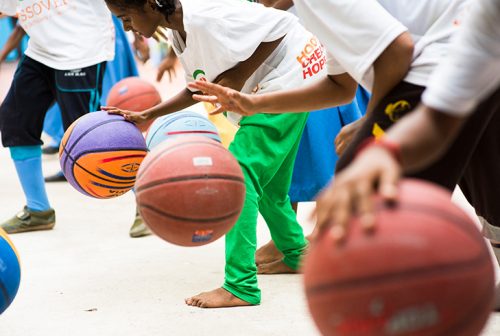
I never expected to be teaching Vinyasa flow in India, the birthplace of yoga. Yet here I am, reminding Indian girls to keep their front knee bent during Warrior 1 amid loudly counting one through 10 in Tamil. The appeal to me in this trip to southern India was to experience a way of life completely different from my own. Our surroundings, the oppressive humidity and the psychotic traffic remind us how far we are out of our comfort zone, but camp feels natural. The challenges and rewards feel like that of any soccer practice or summer camp activity I have led in America. We must remind ourselves daily of the conditions these students come from.

As time with these girls goes on, we establish trust through learning their names, team bonding and cheers. Each group of 25 to 28 girls forms a team, named after American universities such as Villanova, St. John’s and Xavier. Team names are reminders to set sights on goals higher than familiar expectations. Our daily mantra of “What kind of women are we?” was met with dozens of girls belting back, “Strong women!” with arms up and muscles flexed.

Discourse like this is essential among Indian girls of lower socio-economic status because it is common to forego education and marry young. When asked whether girls can be as strong as boys, the girls anxiously look at each other as a few “nos” pop up here and there. A resulting pep talk from us volunteer coaches sets the record straight. Our incredulous expressions demonstrate our surprise, and we reiterate that they are as powerful, deserving and capable as any boy. Changing the cultural perspective that women are inferior is one of the main reasons that Crossover Basketball & Scholars Academy was founded.
Annually, hundreds of Indian students, ages 8–14, are accepted to participate in Crossover’s camp for free. Camp takes place in Chennai, a city in the southeastern Indian state of Tamil Nadu, where scholars experience 10 days of basketball drills, teamwork exercises, yoga and class. Crossover, founded in 2012 by Shaun Jayachandran (pictured below), is a program that uses basketball as a vehicle for change. The nonprofit aims to increase the retention rates for primary and secondary school among the impoverished populations of the city. Many students never reach higher secondary school (high school) because of lack of resources, encouragement and perceived value.
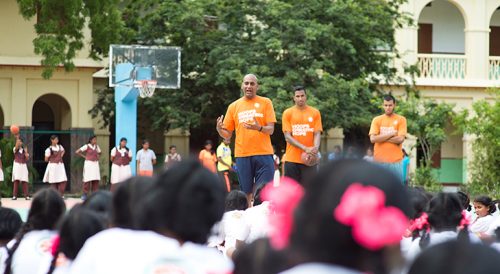
Shaun’s parents hail from Chennai. As he learned more about his parents’ past, he knew he wanted to give back to the corner of the globe that raised them. In Judaism, this is called tikkun olam—”world repair.” As a first-generation IndoCanadian born and raised, he sees it as a responsibility to foster hope and opportunity for these students.
How can basketball play a role in increasing education rates in India? That is something Shaun has been asking himself for the past eight years. To empower kids to stay in school, Shaun shepherds eight to 14 student athletes and one or two adult volunteers to Chennai every summer. This year, Crossover included an unprecedented nine Indian-American student athletes. I was fortunate enough to join the group as a coach and yoga instructor.
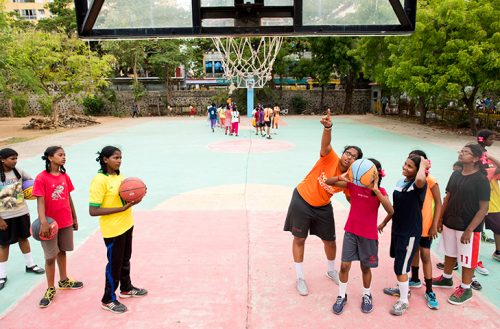
Volunteer coaches are paired together to coach basketball fundamentals on the courts, to discuss Crossover’s pillars in the classroom and teach yoga. In the classroom, we discuss the five pillars: leadership, gender equity, character, teamwork and communication which Crossover uses to encourage critical thinking and academic grit. Questions around leadership yielded answers such as, “My Amma (mom) is a leader,” and, “You need discipline to be a good leader.” When the language barrier proves too high, we receive translation help from the older girls or we demonstrate a task. A basketball coach sets up the drill with a few volunteers, repeats the exercise a few times and within minutes the group has it down. In class, we resort to games that convey our messages. Leadership lessons feature Simon Says and exercises around character involve children shuffling from one side of the room to another to express whether they agree or disagree with our prompt.
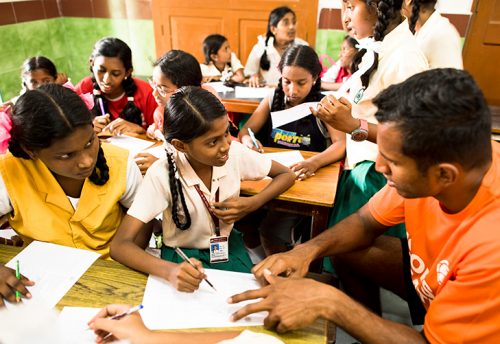
In six years of operation, an average of 86 percent of Crossover alumni progress to the next “standard” (grade). As the program earns more notoriety and support, Shaun hopes to extend to other Indian cities. The mission is to make sure each one of these kids receives what they are entitled to: security, nutrition, education, choice of partner, encouragement to play sports and—most important—adults who believe in them. Armed with these necessities, we will see a new generation of grassroots resilient Indian leaders, empowered to repair the world themselves.
Learn more about Crossover and how to get involved here.
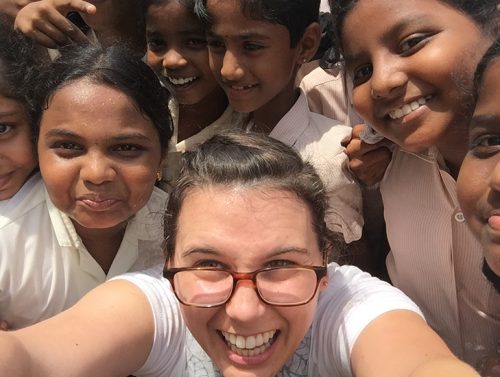
This post has been contributed by a third party. The opinions, facts and any media content are presented solely by the author, and JewishBoston assumes no responsibility for them. Want to add your voice to the conversation? Publish your own post here. MORE


